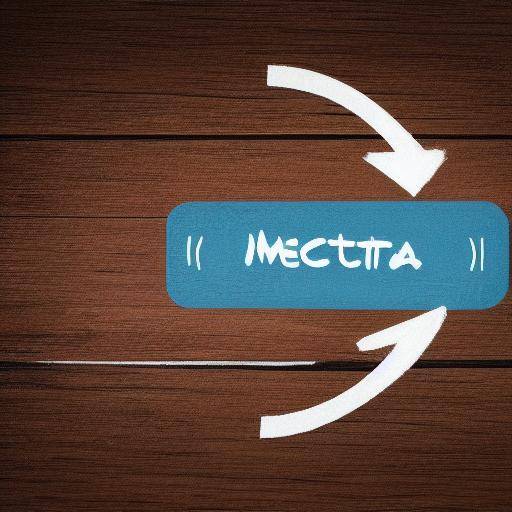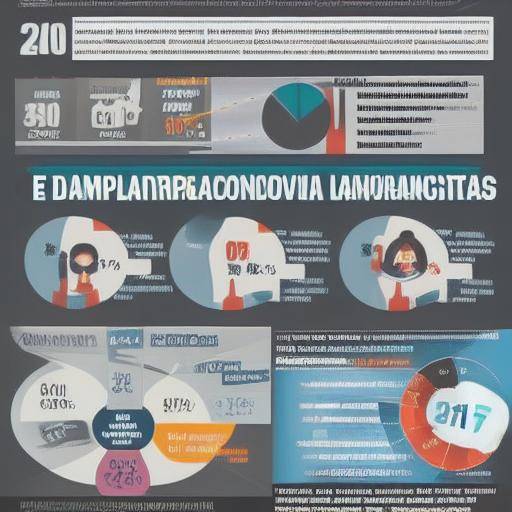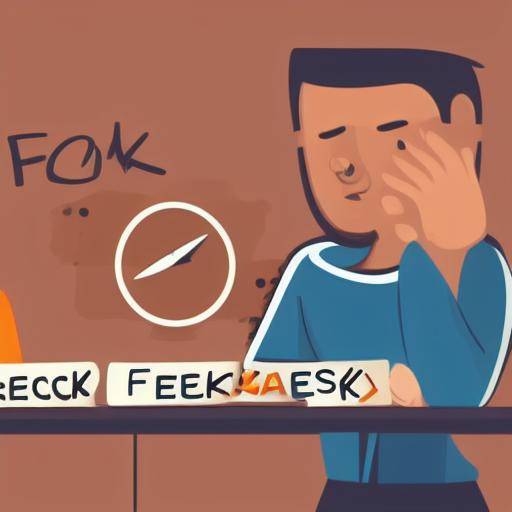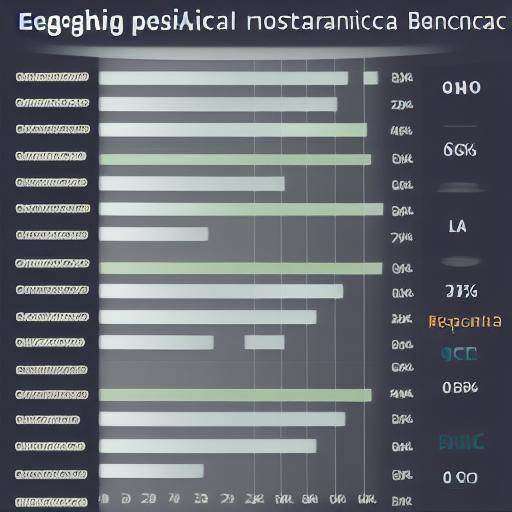
The DAFO analysis, also known as FODA or SWOT for its English acronyms (Strengths, Weaknesses, Opportunities, Threats), is a tool based on the strategic planning of companies and institutions. When combined with brainstorming, a creative technique for the generation of ideas, it can enhance its effectiveness. In this article, we will explore in detail how to use the DAFO analysis technique in brainstorming, providing an integral understanding of its application, success cases and practical advice.
History and Background
The DAFO analysis has its origins in the 1960s, developed by Albert Humphrey at Stanford University. Initially, it was used to evaluate the competitive position of companies, but over time, their application expanded to other areas, such as personal and business strategic planning. Over the years, it has evolved and adapted to changing trade and market dynamics.
This analytical approach is based on identifying and evaluating the internal (strengths and weaknesses) and external (opportunities and threats) aspects of a company or project. These elements provide a holistic vision that guides decision-making and strategy-making.
Analysis in Deep
The DAFO analysis offers many benefits to organizations, including the ability to identify areas of improvement, foresee potential risks and capitalize on emerging opportunities. However, it also presents challenges, such as the need to collect accurate and up-to-date data and to effectively interpret them.
It is crucial to understand that the DAFO analysis does not provide definitive answers, but serves as a framework for informed reflection and decision-making. Currently, organizations use digital tools to carry out DAFO analysis in a collaborative manner, facilitating the collection and analysis of data in real time.
Comprehensive review
The combination of DAFO analysis with brainstorming offers a holistic approach to the generation, evaluation and selection of innovative ideas. The DAFO analysis provides a solid basis for identifying areas of focus and exploration, while the brainstorming promotes creativity and stimulates the generation of original ideas.
Comparative analysis
It is important to note that the DAFO analysis, the generation of ideas and strategic planning are complementary processes that, when effectively integrated, can enhance decision-making and the development of sound strategies. The DAFO analysis highlights the focus areas, while the brainstorming nourishes those areas with a variety of creative ideas. Strategic planning, in turn, takes these ideas and organizes them in a coherent and realistic plan of action.
Practical Tips and Accessible Tips
By combining DAFO analysis with brainstorming, it is essential to establish an enabling environment for collaboration and creativity. It is advisable to diversify the group of participants to provide varied perspectives and enrich the process of generating ideas. An atmosphere of openness and flexibility should also be encouraged, where all ideas are considered and evaluated objectively.
Conclusions and FAQs
In conclusion, the joint application of the DAFO and brainstorming analysis represents a powerful tool for the generation of innovative ideas and effective strategic planning. By integrating these tools, organizations can identify areas of opportunity, mitigate potential risks and develop strategies that capitalize on their strengths.
Frequently asked questions
**How can I effectively structure a DAFO and brainstorming analysis process?**A structured approach consists of several stages. In the case of DAFO analysis, the strengths, weaknesses, opportunities and threats must be systematically identified. For brainstorming, a dedicated time should be established exclusively to the generation of ideas, followed by evaluation and selection sessions. The combination of both methodologies requires a clear sequence that allows a smooth transition between analysis and creative generation of ideas.
**What digital tools would you recommend to perform DAFO and brainstorming analysis in a collaborative way?**There are numerous digital tools that facilitate the collaboration and conduct of DAFO analysis and brainstorming sessions, such as Trello, Miro, Zoom, Slack and Google Workspace. These platforms allow real-time interaction, the categorization of ideas and the visualization of data clearly and concisely.
**How can an enabling environment for brainstorming be ensured within a task force?**It is essential to establish an environment of trust and openness where all team members feel comfortable sharing their ideas. Initial criticism-free sessions should be encouraged to enable the free generation of ideas, followed by structured and constructive assessments.
**What is the role of DAFO analysis in long-term strategic decision-making?**The DAFO analysis provides a solid basis for long-term strategic decision-making by identifying and assessing internal and external factors affecting an organization. This analysis allows to set priorities, define clear objectives and develop strategies adapted to your business and business environment.
**What are the biggest challenges when combining DAFO analysis with brainstorming?**One of the main challenges is to balance the objectivity of the DAFO analysis with the unrestricted creativity of brainstorming. It is essential to find the balance between data-based analysis and the generation of innovative ideas to ensure effective integration of both methodologies.
**What concrete benefits can provide the combination of DAFO and brainstorming analysis to an organization?**The combination of DAFO and brainstorming analysis can result in the identification of new commercial opportunities, creative problem solving, innovation in products and services, and the promotion of a collaborative and creative business culture.
With these concepts and tools in mind, companies can make the most of the combination of DAFO and brainstorming analysis to boost their decision-making process and the generation of innovative ideas that allow them to stay competitive in a constantly evolving business environment.






















